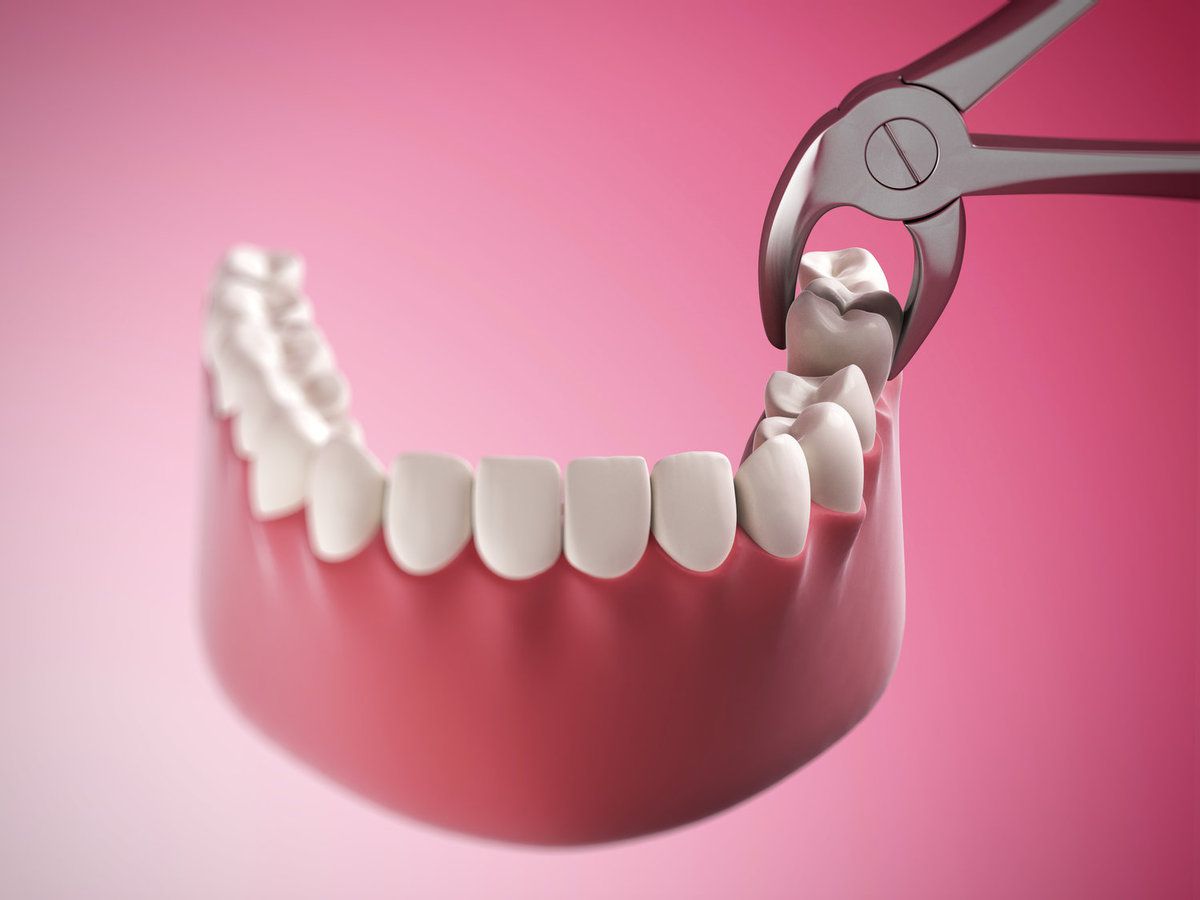Problems Due To Wisdom Tooth and Their Solutions
You cannot thank your teeth enough because they provide you the service which is priceless. It’s a pity that they are not appreciated enough. However, there is one form of teeth which may not be helpful for certain people in this age. Those teeth are the wisdom teeth. Typically, the wisdom teeth start erupting between the age of 17 and 21. In some cases, the wisdom teeth stay in the mouth normally like other teeth. However, they may get problematic in many situations. There are several ways you can deal with the problems due to wisdom teeth. For this purpose, you will first need to understand different problems.
The most common problem with the wisdom teeth in today’s age is that they do not get enough room to erupt in the mouth. When there is no room, the wisdom teeth still tend to erupt and end up causing crowding of teeth in the mouth. They can impact with the preexisting molars in the mouth. When we talk about impacted tooth, we mainly refer to the deficient eruption of the wisdom tooth, i.e. the tooth erupts sideways, in tilted position or remains under the gums. This kind of eruption leads to the bad alignment and it can result in pain and even deformation. Tooth decay and gum disease may also start to happen during this episode of discomfort. The reason for gum disease is that the existing molars fight with the erupting wisdom tooth for space, leading to the gum getting exposed to bacterial attack. The bacteria find ideal breeding ground. This entire set of problems doesn’t only cause gum disease but it can also lead to tooth decay. If eruption of wisdom tooth is this much problematic, the dentist would suggest removal of the tooth.

Typically, the dentists suggest getting the wisdom tooth removal at an age when none of the problems mentioned above would arise. It means that getting the wisdom tooth removed at an early stage can help you stay away from the dental issues that can arise as a result of wisdom teeth. Dentists are going to take dental x-rays of your teeth to determine correct position and growth trend of the wisdom teeth. This dental x-rays test is usually enough for the dentist to know whether or not you are going to need the removal of wisdom teeth.

The process of removal is usually started after administration of anesthesia to numb the area. The extraction process usually ends up damaging your nerves in the area but it is the normal part of this procedure. Pain, swelling and bleeding may remain persistent for a specific time after the surgery but it will improve over time. You will have to make sure that you are following dentist’s instructions in order to stay away from further infections as the surgery site is usually vulnerable against bacterial attack.
One thing worth mentioning in this end is that you may not always need the extraction of your wisdom tooth. If your tooth is erupting normally, it would be helpful in maintaining the health and shape of your teeth rather than being painful.
